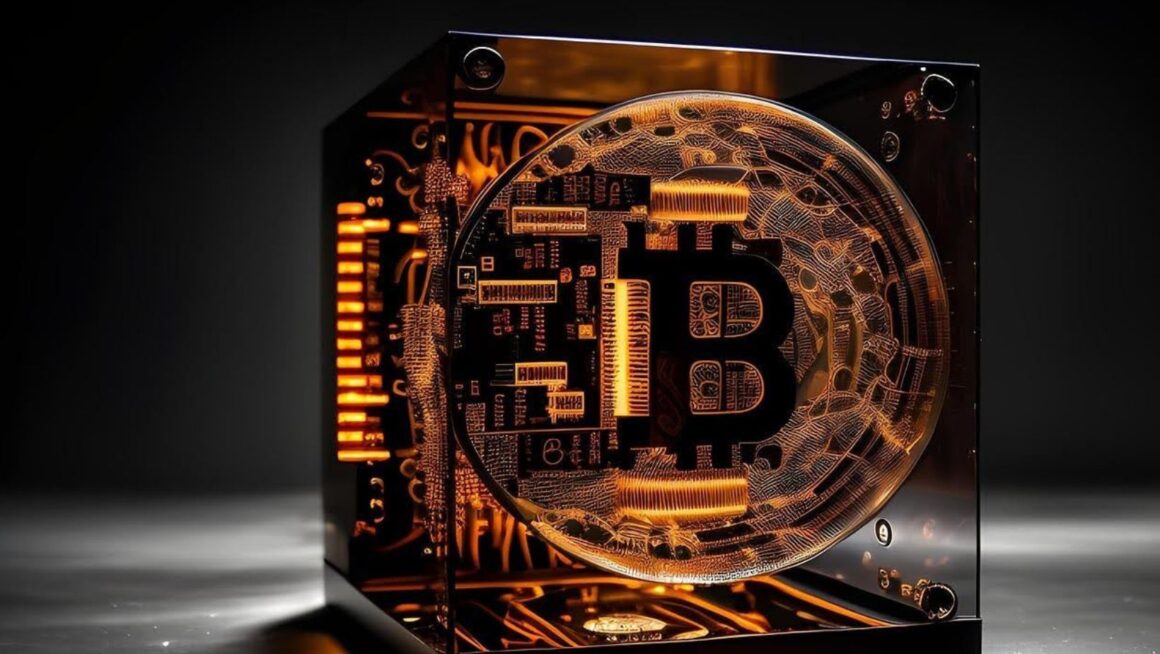Being able to play a major part in the decentralisation of finance is something that more and more of us are looking to do, but how do you do it? As well as investing in cryptocurrencies, there’s a growing shift to crypto users actively hosting nodes. If you want to make sure that you can do it without compromising the speed of your connection or the security of your setup, you’ve landed in exactly the right place.
Our ultimate guide to blockchain node hosting will guide you through everything you need to know without delay. All you have to do now is dive in and get started.
Choosing The Network & Host
The first thing you need to do is pick which blockchain you’re going to host a node for. Every network will have its own hardware requirements, meaning that you will have to make your choice wisely. Once you do, you can then pick a provider and get your VPS up and running. You’re looking for something that is readily scalable, has full DDoS protection, and that may even be packaged as a Blockchain-as-a-Service (BaaS) option for streamlined management.
Install Your Server Hardware
Generally speaking, you will need 1-2 CPU cores to have the computing power the node requires. Around 2GB of RAM is a good place to start, but you may find that you need to scale quickly depending on the rest of the network.

In terms of storage, make sure you have at least 50-100GB of SSD storage so that you can house the data on the blockchain and the OS. As far as bandwidth is concerned, look for an unlimited data plan so that you can handle the initial synchronisation and then continuous operation.
Configure The Node Software
Anyone working through the basics of Bitcoin nodes hosting will find that there is a set of official documents that have to be followed. They will guide you through how to install the necessary node client software, how to set up the data directory, and how to enable API and RPC access. Once this is done, you will be ready to connect to the network and sync. You may also find that the blockchain you are joining asks you to generate and secure key pairs.
Secure The Node
The dual combination of SSH keys and intelligent firewalls will help secure any remote access attempts made to your server. It’s at this stage that you will also look to create a fully automated backup of the node’s data and critical configurations, protecting it should your server go down or be compromised for any reason. Public-facing nodes will also benefit from more in-depth DDoS protection, allowing them to have an additional layer of security against malicious actors.
Proactively Monitor Security
Tracking the usage of the CPU, memory, and network latency is all-important here, not least of all because they will ensure that the blockchain’s sync status is always as it should be. Keeping a log of issues and making sure they are resolved quickly and efficiently is always the best approach here, as is putting in place a recovery plan in the event of unexpected downtime. In addition, making sure that all software patches and scheduled updates are actioned as soon as possible will ensure that your system is always in the best possible condition.
Final Thoughts
Creating a blockchain node is all about getting the basics right one step at a time, and it doesn’t have to be all that difficult if you follow a proven approach. By getting the hardware in place and then checking the specifics of the software and security settings, you can stay on top of things the right way.

